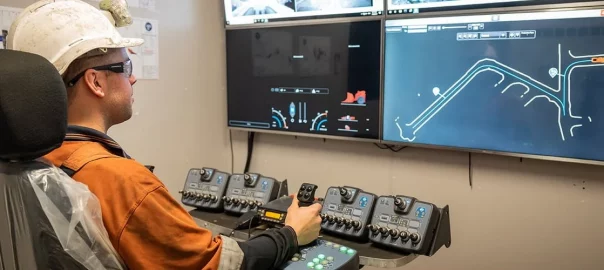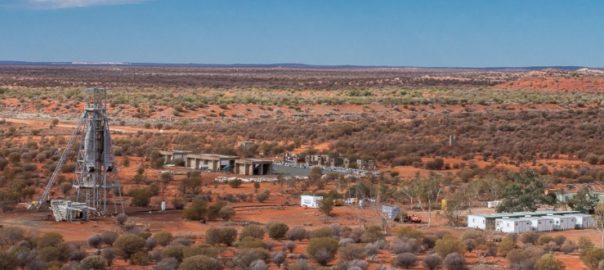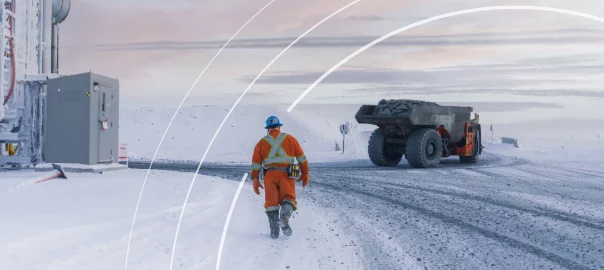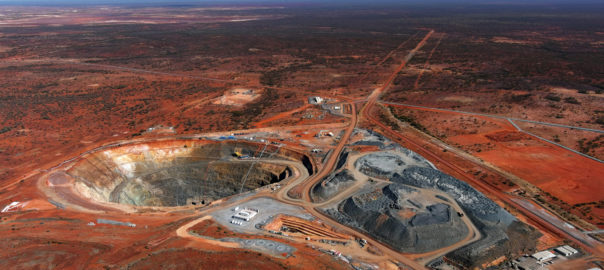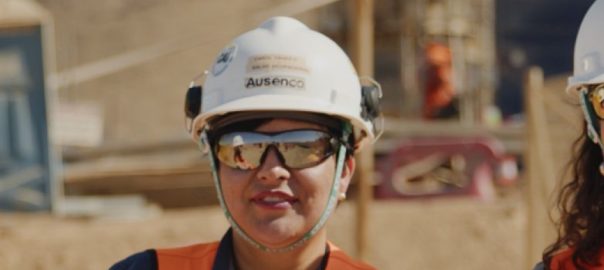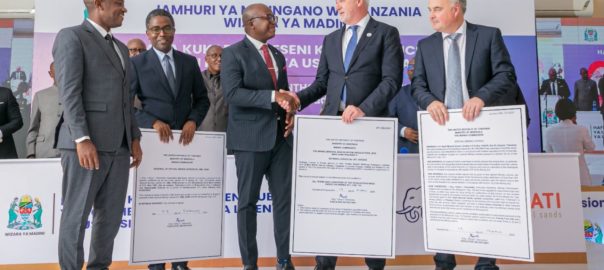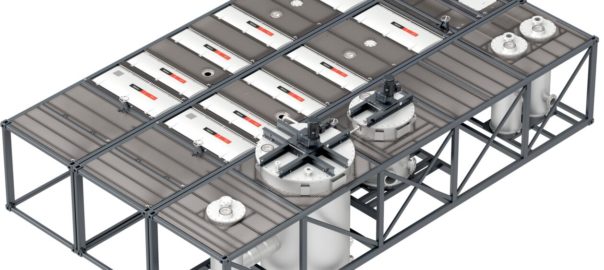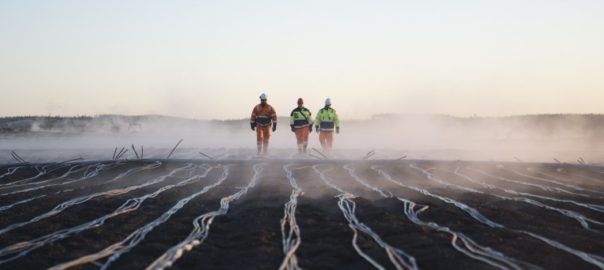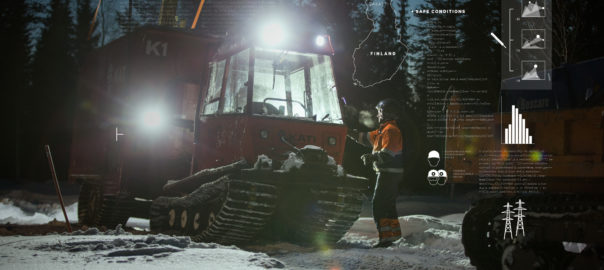Perenti has announced that its underground mining business, Barminco, has signed a contract extension with IGO Ltd to continue mining at the Nova underground nickel mine in the Fraser Range of Western Australia.
Barminco’s involvement at the Nova mine commenced in early 2015 when it was a greenfield site. This contract extension is worth A$157 million ($106 million) and runs for 29 months.
Mark Norwell, Managing Director & Chief Executive Officer of Perenti, said: “We are immensely proud that Barminco has been present since the beginning of the Nova operation. This contract extension is a testament to the strength of our relationship with IGO and underscores our commitment to collaborating with our clients to generate value together.”
Gabrielle Iwanow, President of Contract Mining at Perenti, added: “Barminco is excited to continue the delivery of the world-class critical minerals operation at Nova. The ongoing safe and reliable mine production showcases how a collaborative approach and willingness to explore innovative solutions can deliver positive outcomes, even amidst significant market challenges.”
In Independence Group’s 2024 financial year, Nova achieved total production of 20,806 t of nickel, 9,922 t of copper, and 735 t of cobalt at a cash cost of A$3.99/lb Ni (payable).







